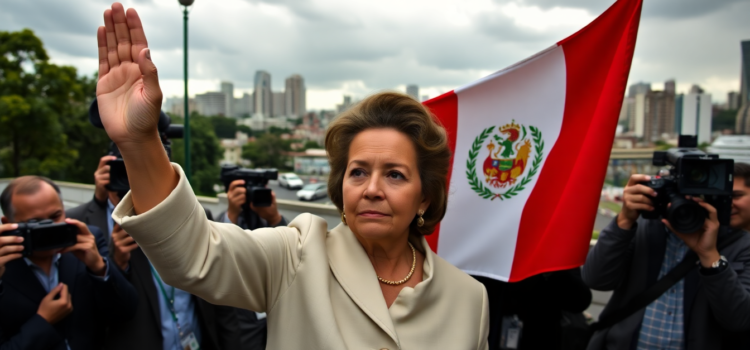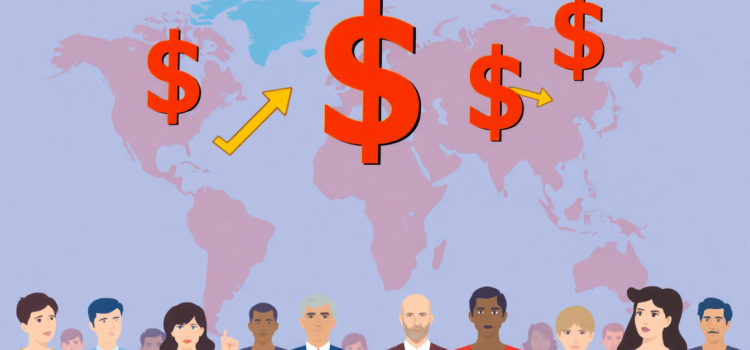
Nadine Heredia Seeks Asylum at Brazilian Embassy Amidst Peruvian Scandal
Introduction
In a dramatic turn of events on April 15, 2025, Peru’s political landscape has once again been shaken by corruption scandals. Former President Ollanta Humala and ex-First Lady Nadine Heredia received 15-year prison sentences for money laundering linked to the notorious Odebrecht bribery scandal. This article examines the developments leading to Heredia’s asylum request at the Brazilian Embassy in Lima, a move steeped in the legacy of political scandals and diplomatic tensions in Latin America.
The Conviction: Humala and Heredia’s Downfall
After a prolonged trial initiated in 2022, a Peruvian court rendered its verdict: Ollanta Humala and Nadine Heredia were sentenced to 15 years each for laundering illicit funds during Humala’s 2006 and 2011 presidential campaigns. This conviction, influenced by their alleged dealings with Odebrecht and the Venezuelan government, marks the continuance of a troubling narrative of corruption entwined with Peru’s political fabric.
Their sentencing makes Humala the third Peruvian ex-president sentenced for corruption within two decades, a grim testament to the country’s challenging battle against political malfeasance. Similar paths were tread by Alejandro Toledo and Alberto Fujimori, whose tenures also concluded with extensive legal repercussions.
Nadine Heredia’s Asylum Request at the Brazilian Embassy
In an unexpected move, just hours following her sentencing, Nadine Heredia sought asylum under the 1954 Convention on Diplomatic Asylum at the Brazilian Embassy in Lima. This development unfolds against a backdrop of significant legal and diplomatic intricacies as Heredia cites health concerns and fears of political persecution, aiming to find refuge through international diplomatic frameworks.
This action not only adds a fresh layer of complexity to the ongoing Peruvian political scandal but also potentially instigates a diplomatic discord with Brazil, testing the robustness of Peru-Brazil diplomatic relations.
The Larger Picture: Odebrecht’s Shadow Over Peru
The Odebrecht scandal, a mammoth corruption case with its roots entrenched across Latin America, has cast a long shadow over Peru’s leadership. Since the firm’s 2016 confession to orchestrating extensive bribery schemes, the list of implicated officials has expanded, forming a dismaying collection of former presidents and senior officials.
The investigations against Ollanta Humala and Nadine Heredia reflect a broader judicial effort to undo years of corruption. However, the swift escalation from accusation to conviction shows both the Peruvian judiciary’s commitment and the political system’s vulnerability to illicit financial manipulation.
Key Takeaways from the Scandal
- The Nadine Heredia asylum request emphasizes the complex interplay of international law and regional politics.
- The 15-year sentence for the Humala Heredia duo is a reminder of the lingering impact of the Odebrecht scandal across Peru.
- The third incarceration of a Peruvian ex-president underscores the entrenched nature of corruption within the political system.
Conclusion
As Peru grapples with these latest revelations of high-profile corruption, the implications of Nadine Heredia’s asylum request remain uncertain. The case underscores ongoing systemic issues and presents a critical test for both the Peruvian judiciary and the diplomatic fabric of Latin America. Observers anxiously await further developments that may redefine regional political allegiances and judicial proceedings.
Interested in staying informed on similar issues? Subscribe to our newsletter for more insights.












Comments